Germany
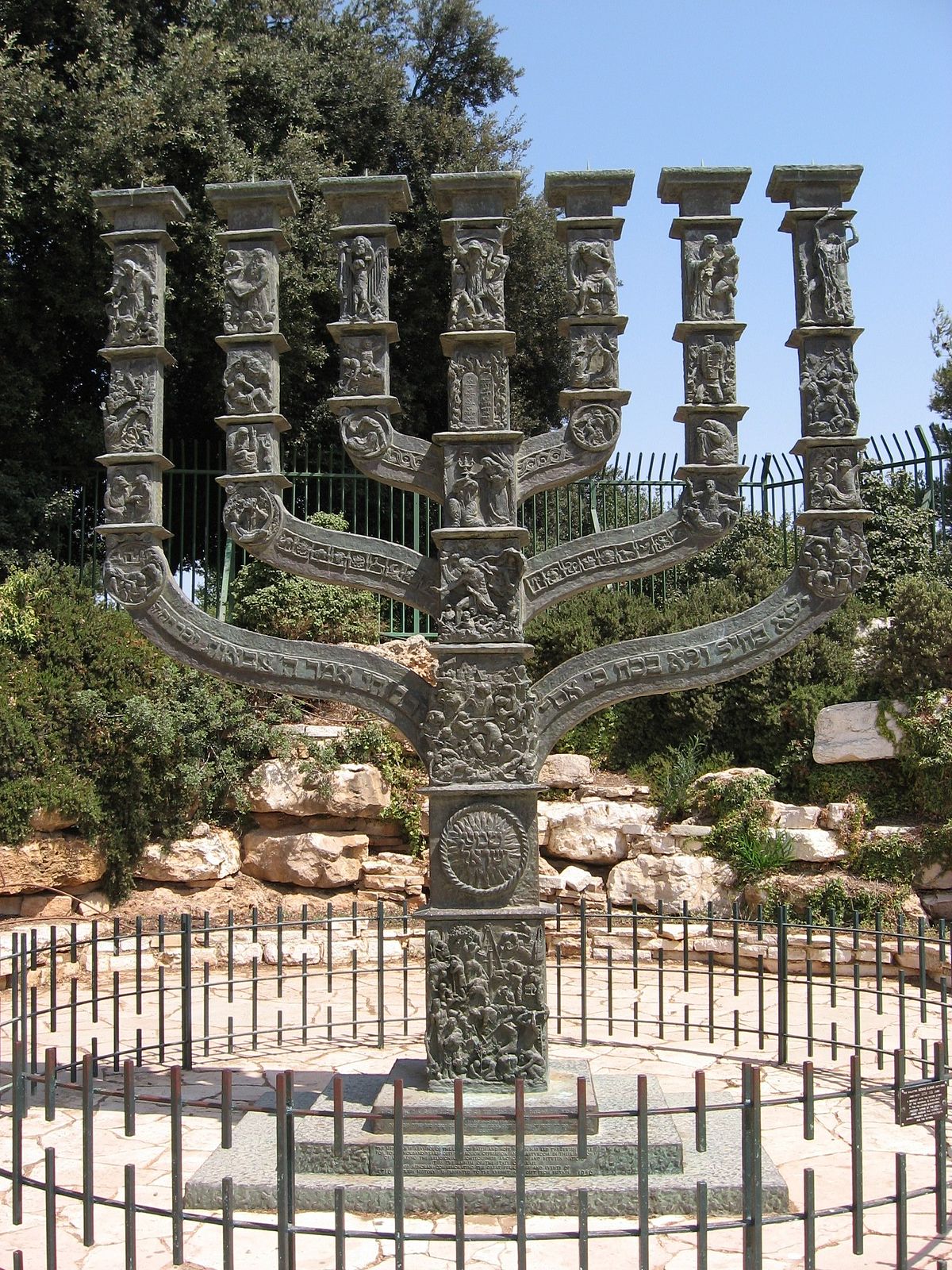
Becoming Jewish:
The Sculptor Benno Elkan (1877-1960)
Christian Walda, Dortmund with
Wolfgang Weick and Ori Z. Soltes
1014 - space for ideas
1014 5th Avenue, New York, New York, NY, United States
Born 1877 in Dortmund, the sculptor Benno Elkan (1877-1960) first studied painting in Munich and Karlsruhe. At the end of his studies, he turned to sculpture. As a young artist, he spent time in Paris, Rome, and Frankfurt. Elkan’s oeuvre was largely made up of commissions. In the beginning, he mainly created tombs. Medals, portrait busts of well-known personalities, monuments to victims and candelabras follow, partly for the religious (Jewish and Christian) context. Elkan fled persecution by the German Nazi regime to Great Britain in 1934and lived with his family in London until the end of his life. Perhaps the most important work besides the Menorah in Jerusalem (1956) was never built: Memorial to the Defenseless Victims of the Bombing War [...]

Building the Largest Digital Memorial
to the Victims of Nazism:
The Arolsen Archives
with Floriane Azoulay and Giora Zwilling, Arolsen
1014 - space for ideas
1014 5th Avenue, New York, New York, NY, United States
The International Tracing Service (ITS), since 2019 called Arolsen Archives, was established by the Allies in 1948 as a central search and information center. They house the world’s most extensive collection of documents about the victims of National Socialist persecution, including documents from Nazi concentration camps, ghettoes and penal institutions, documents about forced laborers, and documents from the early post-war period about Displaced Persons, mainly Holocaust survivors, former concentration camp prisoners, and forced laborers. People who had fled the sphere of influence of the Soviet Union for political reasons are also included. The archive's holdings consist of 30 million documents in total and belong to UNESCO’s Memory of the World. At this event, Floriane Azoulay (Director) and Giora Zwilling (Deputy [...]
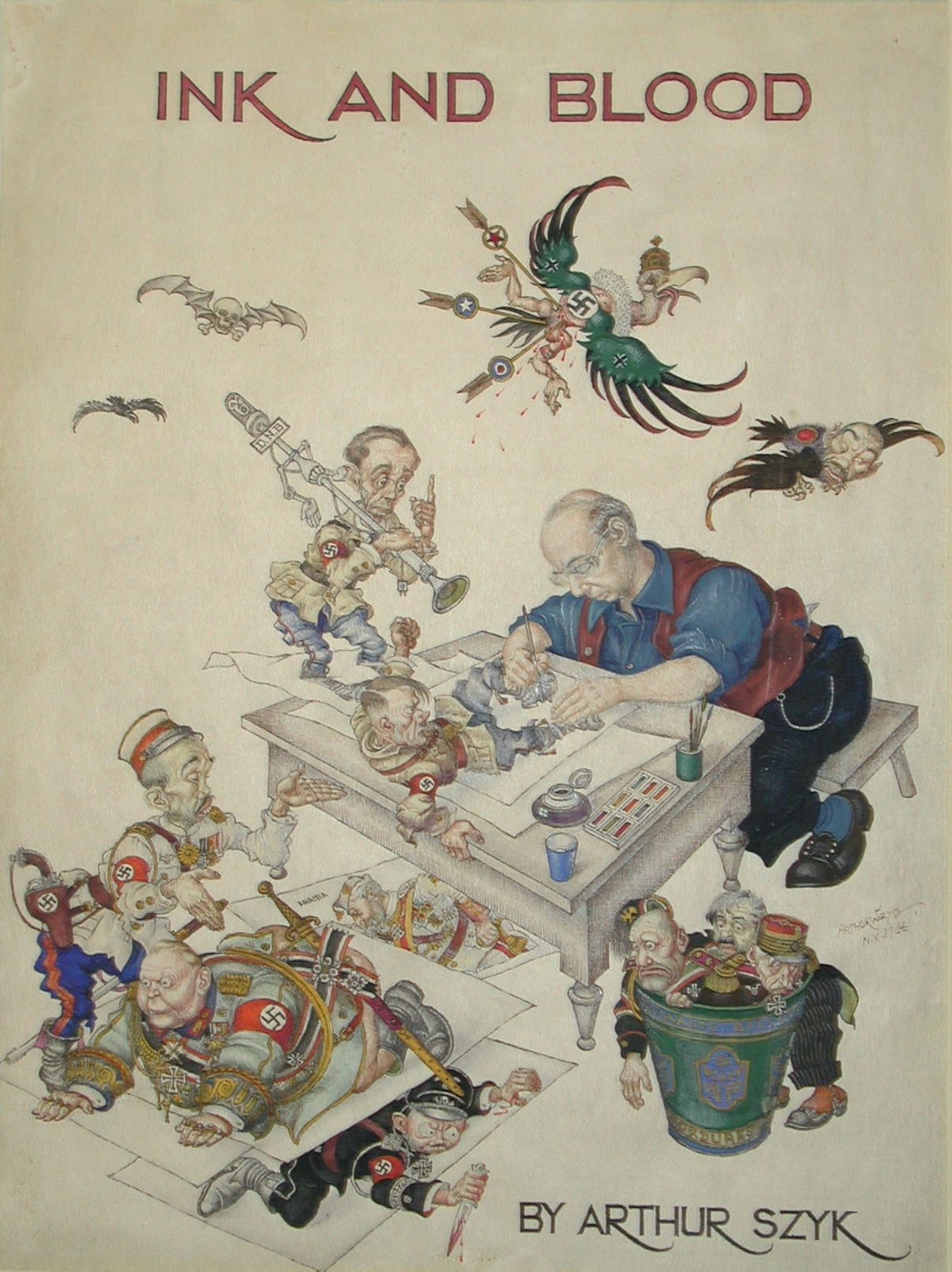
Cartoon Crusader:
Arthur Szyk’s War against Nazism
Steven Luckert, Washington DC
1014 - space for ideas
1014 5th Avenue, New York, New York, NY, United States
During the first four decades of the twentieth century, Polish Jewish artist Arthur Szyk (1894–1951) was best known for his richly detailed book illustrations and magnificent illuminations on Jewish themes. He portrayed the Jews as a heroic nation that had resisted oppression through the ages and eventually triumphed. His Jews were fighters for their own freedom and the freedom of others. Szyk sought to redefine how the Jews viewed themselves and how others viewed them. His works thus challenged the notion that Jewish history was merely one long saga of suffering and, at the same time, refuted the then common antisemitic canard that the Jews were a cowardly people. With the coming to power in Germany of Adolf Hitler [...]
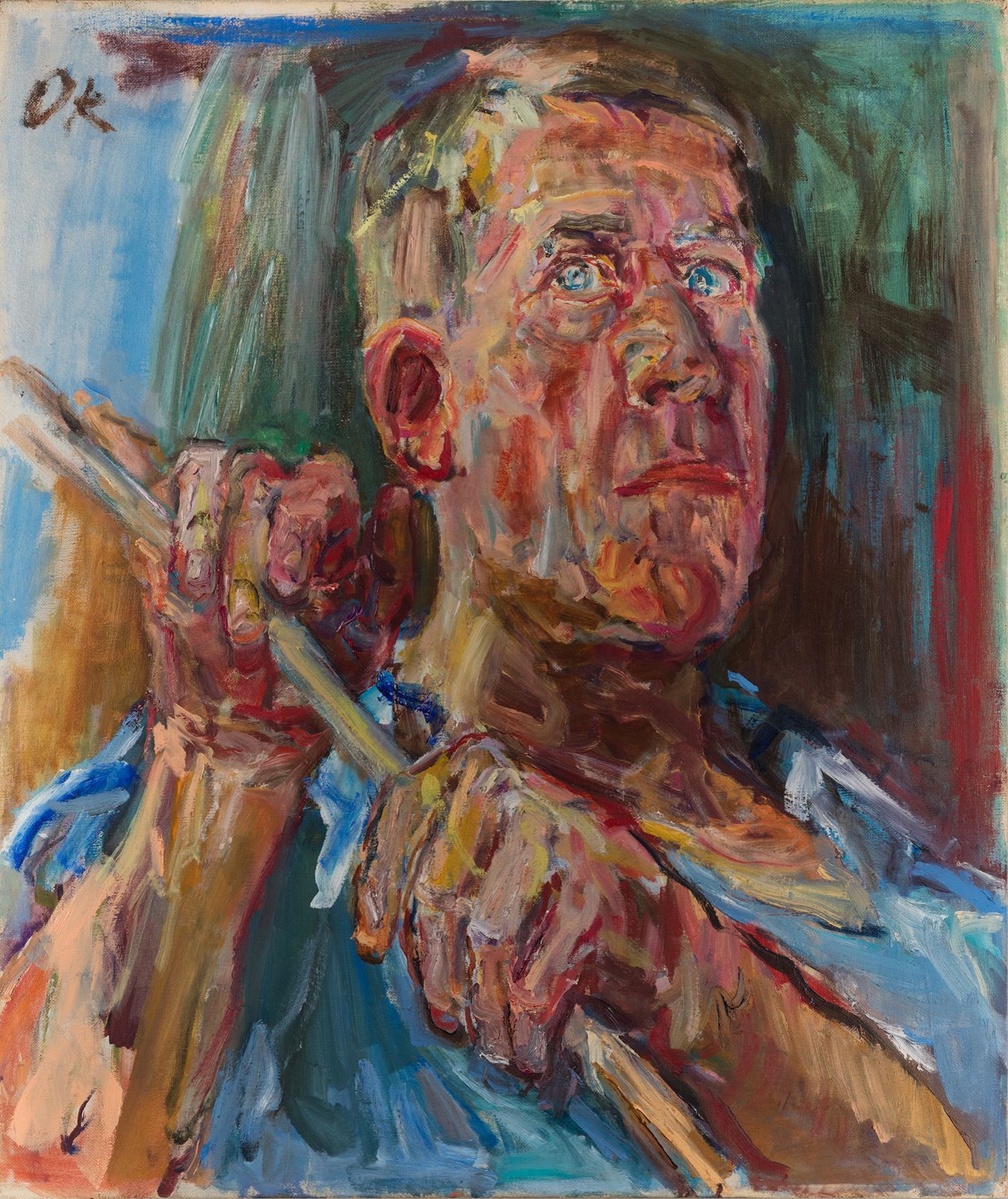
Oskar Kokoschka (1886-1980):
The Making of an Artist
by Rüdiger Görner, London (UK)
1014 - space for ideas
1014 5th Avenue, New York, New York, NY, United States
The Austrian artist Oskar Kokoschka (1886-1980) achieved world fame with his intense expressionistic portraits and landscapes. Rüdiger Görner, author of the first English-language biography, depicts the artist in all his fascinating and contradictory complexity. He traces Kokoschka’s path from bête noire of the bourgeoisie and a so-called ‘hunger artist’ to a wealthy and cosmopolitan political and critical artist who played a major role in shaping the European art scene of the twentieth century and whose relevance is undiminished to this day. In 1934, Kokoschka left Austria for Prague, and in 1938, when the Czechs began to mobilize for the expected invasion by the German Wehrmacht, Kokoschka fled to the United Kingdom, where he remained during the war. Although he [...]
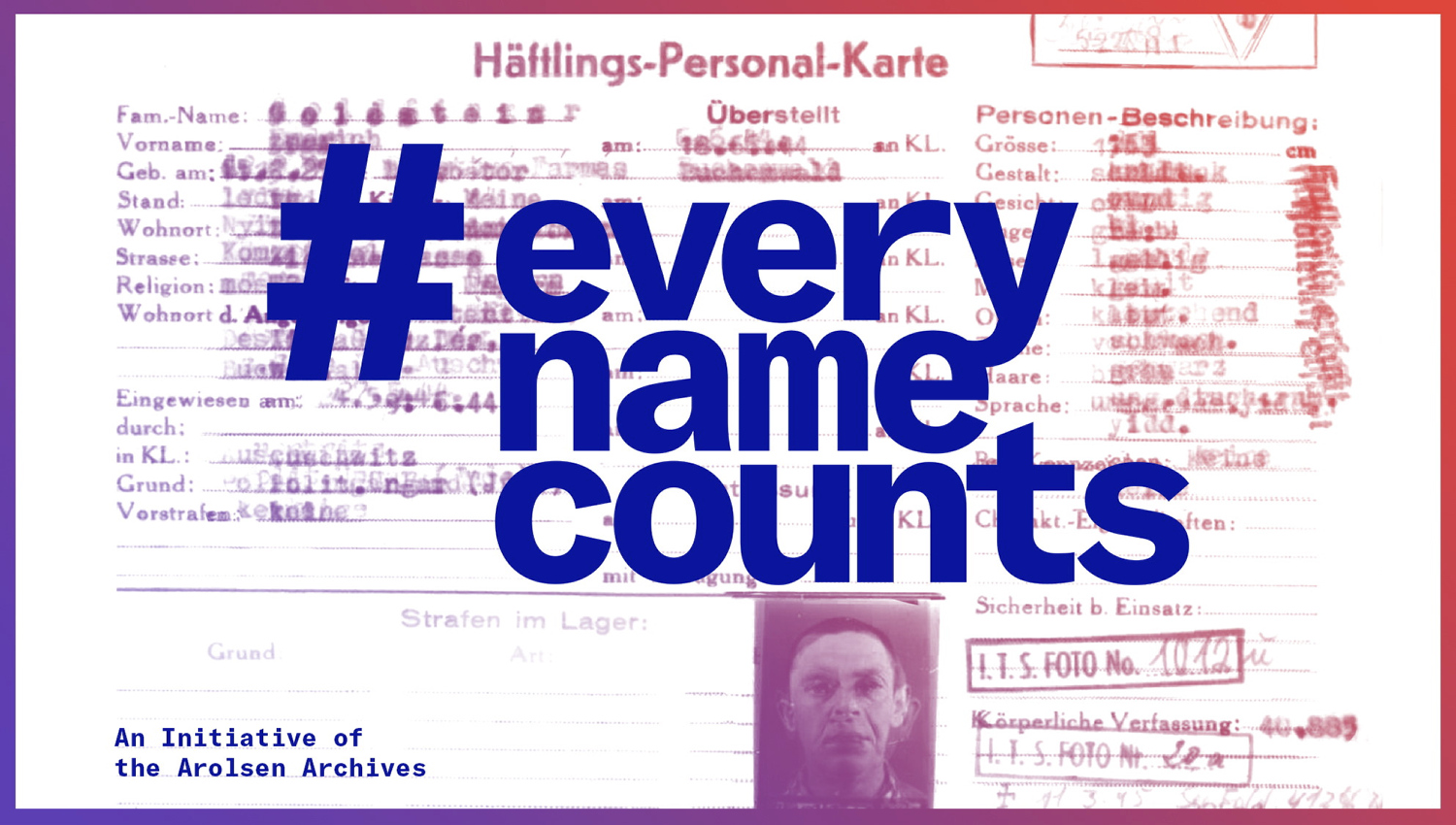
#EVERYNAMECOUNTS
LIVE ZOOM DATA ENTRY EVENT
1014 - space for ideas
1014 5th Avenue, New York, New York, NY, United States
Join the Fort Tryon Jewish Center (FTJC) and the Fritz Ascher Society for a LIVE DATA ENTRY EVENT to help build the world’s largest digital monument to victims of the Holocaust: the Arolsen Archives’ #everynamecounts. THIS EVENT WAS NOT RECORDED. Opening Remarks Rabbi Guy Austrian Fort Tryon Jewish Center in New York Rachel Stern Director and CEO of the Fritz Ascher Society in New York Introduction and Moderation Elizabeth Berkowitz Digital Interpretation Manager of the Fritz Ascher Society in New York #everynamecounts is a crowd-sourced data entry initiative to return the names of Holocaust victims, their families, and details of their lives into the findable, keyword-searchable public record. Participants enter information about Nazi victims and family members from digitized [...]

International Holocaust Remembrance Day
#EVERYNAMECOUNTS Challenge
Partnership with Arolsen Archives and Yad Vashem
1014 - space for ideas
1014 5th Avenue, New York, New York, NY, United States
Become part of an international community that actively helps build the largest digital memorial to the victims of National Socialism. During this 48 hour challenge, we help the Arolsen Archives index documents from the Central Location Index (CLI) at Yad Vashem, which have never been indexed before. Every number, every place, and every name you type in on the crowdsourcing platform will help preserve the memory of the persecutees – and make sure we never forget what happened to them. This event features Elizabeth Berkowitz, our former Digital Interpretation Manager, who speaks about #everynamecounts at the Fritz Ascher Society, and Katharina Menschick from the Arolsen Archives, who introduces the Arolsen Archives and the current project. A [...]
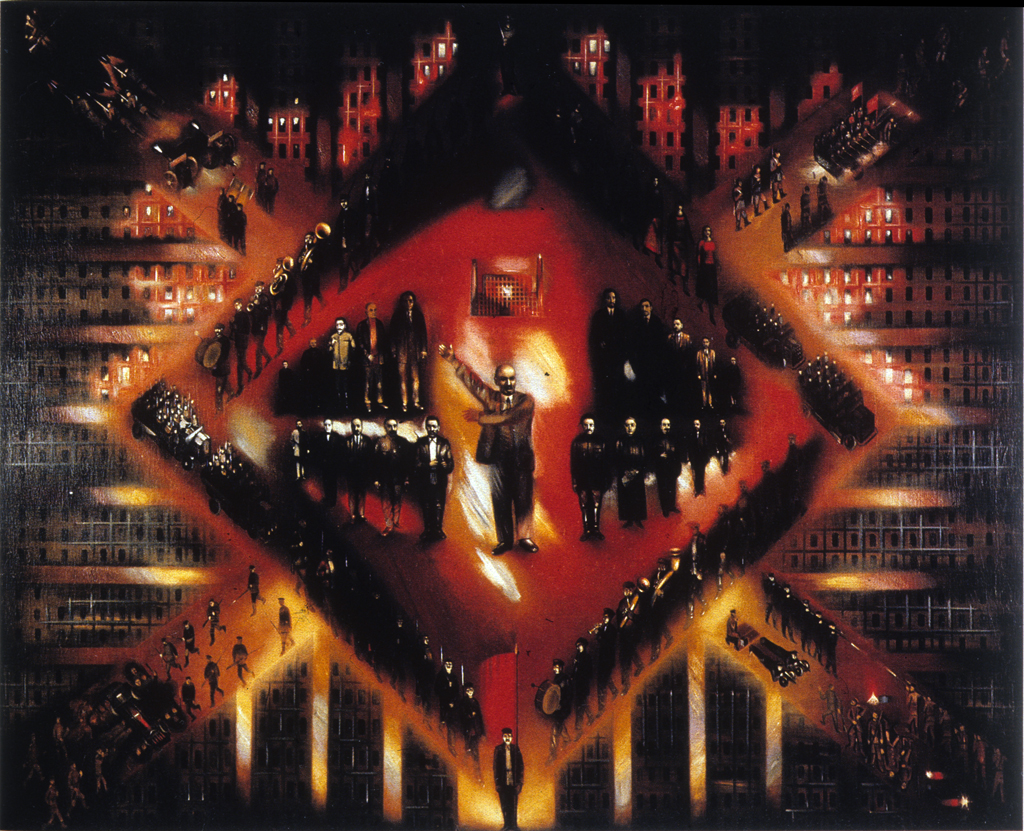
The New Man as Man Machine
A Book Talk by Eckhart Gillen, Berlin
ONLINE
VA, United States
Fifteen years after the great financial crisis of 2008, which shook the capitalist economic system in America and Europe to its foundations, the book “The New Man as Man Machine” presents, for the first time, the interrelationship of art and political economy in the Weimar Republic, the Soviet Union, and the United States of America during the interwar period. By taking a look back at the 1920s and 1930s, it attempts to better understand our own era and its well-founded fears with regard to globalization and a new global economic crisis. Image above: Kliment Redko, Aufstand, 1924-25 This project focuses on how artists reacted to the central questions of the political economy in these three [...]
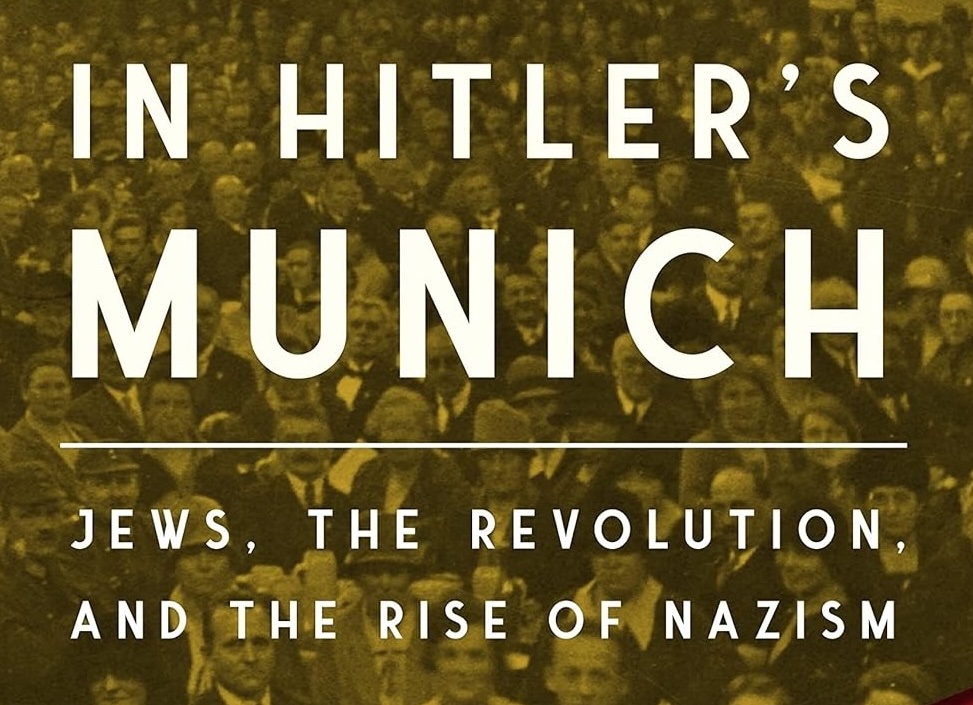
In Hitler’s Munich:
Jews, the Revolution, and the Rise of Nazism
A Book Talk by Michael Brenner, Munich and Washington D.C.
ONLINE
VA, United States
In the aftermath of Germany's defeat in World War I and the failed November Revolution of 1918–19, which was led by many prominent Jewish politicians, the conservative government of Bavaria identified Jews with left-wing radicalism. Munich became a hotbed of right-wing extremism, with synagogues under attack and Jews physically assaulted in the streets. It was here that Adolf Hitler established the Nazi movement and developed his antisemitic ideas. This lecture provides a gripping account of how Bavaria's capital city became the testing ground for Nazism and the Final Solution. Michael Brenner holds the chair of Jewish History and Culture at Ludwig Maximilian University in Munich. He is also Distinguished Professor of History and Seymour and [...]
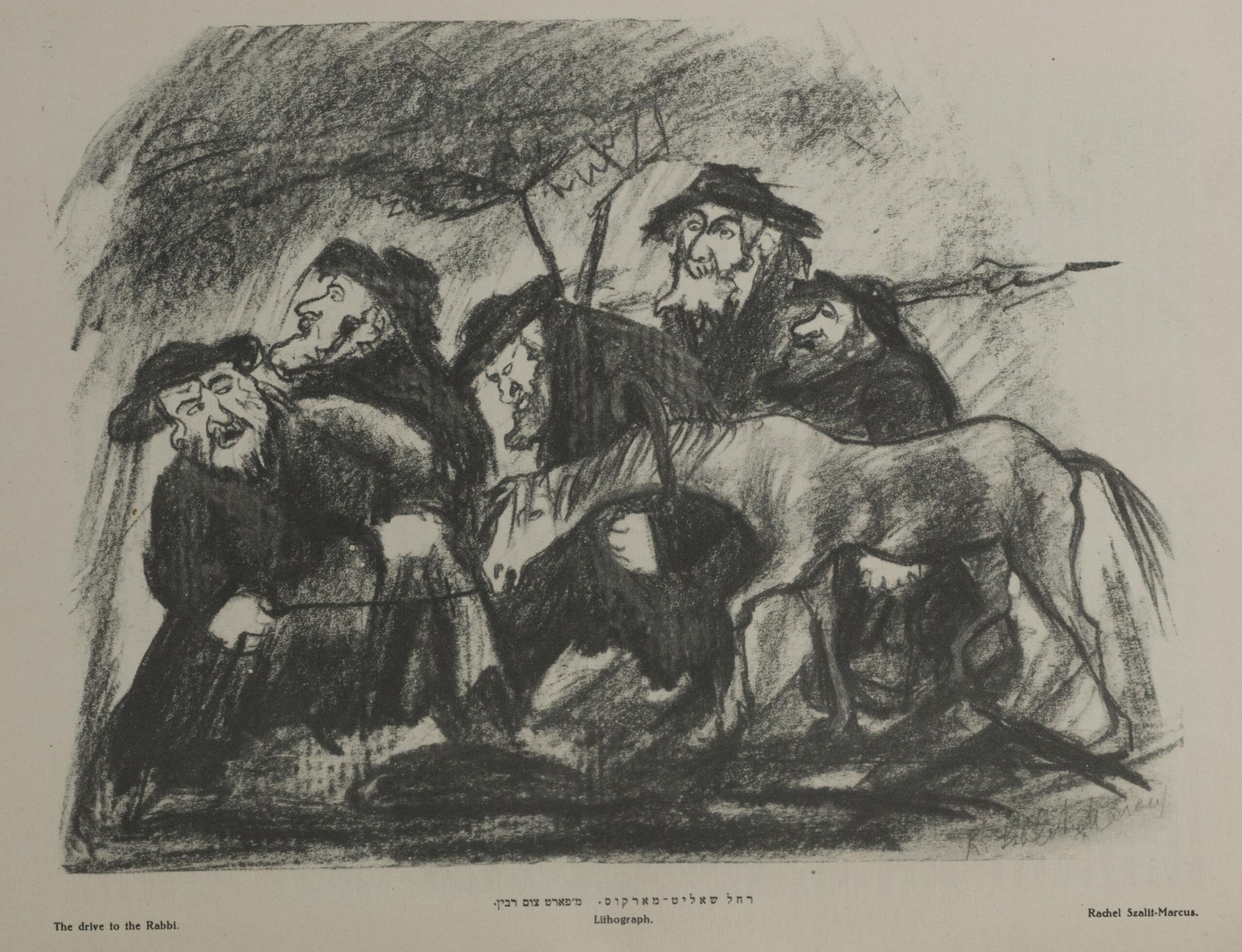
Traces of a Jewish Artist:
The Lost Life and Work of Rahel Szalit (1888–1942)
A Book Talk by Kerry Wallach, Gettysburg College
ONLINE
VA, United States
In this presentation, Gettysburg College professor and author Kerry Wallach explores the life and work of Rahel Szalit (1888–1942; also: Szalit-Marcus). Szalit was a sought-after illustrator and painter who was active in 1920s Berlin and 1930s Paris. Image above: Rahel Szalit-Marcus, The Drive to the Rabbi, in Milgroym, 1922. Lithograph. Rahel Szalit was among the best-known Jewish women artists in Weimar Berlin. She painted and drew landscapes, Berlin city scenes, animals, and portraits of women, children, and public figures. She produced numerous lithographs and worked in pen and ink, pencil, pastel, chalk, oil paint, and watercolors. Women figured prominently in many scenes, from small-town Jewish life to snapshots of the metropolis. [...]
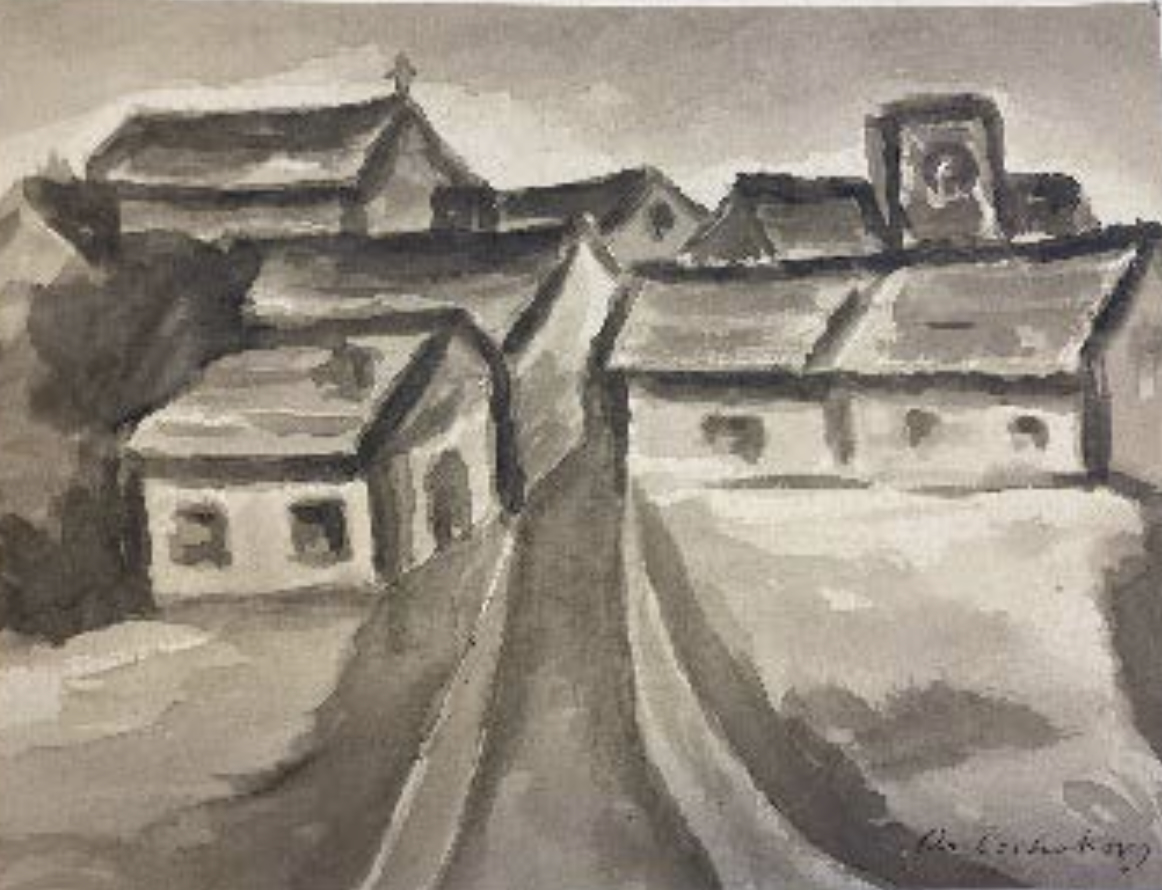
The Miraculous San Francisco Discovery of
Ary Arkady Lochakov’s Lost Art
A Talk by Journalist Julie Zigoris, San Francisco
ONLINE
VA, United States
One sunny May day in 2022—halfway around the world from Paris where the Jewish artist Ary Arkady Lochakov (1892-1941) died of malnutrition in 1941—a miraculous discovery was made. Maintenance staff came upon 48 abandoned artworks in a waterside park, all of them carefully arranged as if they were meant to be discovered. 38 of the 48 artworks all had the same signature: Ary Arkady Lochakov. Port employees researched Lochakov to discover he was a member of the famed École de Paris and was featured in Hersh Fenster's essential book Our Martyred Artists. San Francisco Standard journalist Julie Zigoris was the first (and only) to report the story to the public, following the trail of breadcrumbs to make some incredible [...]


